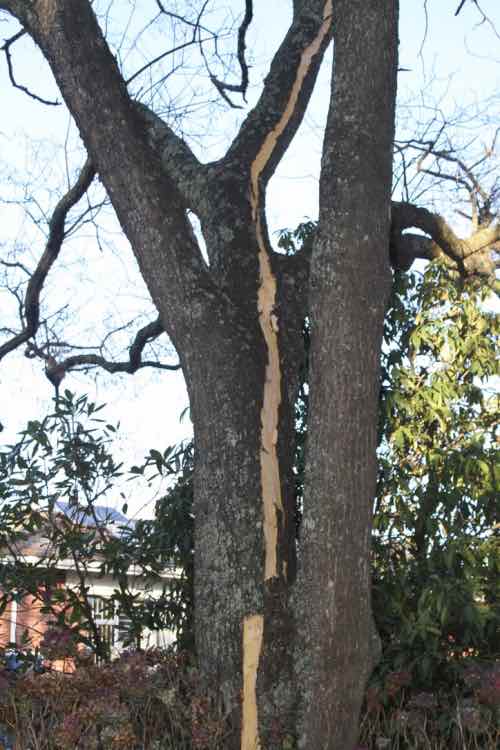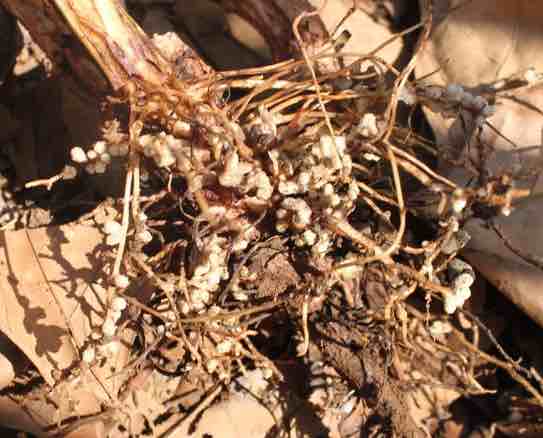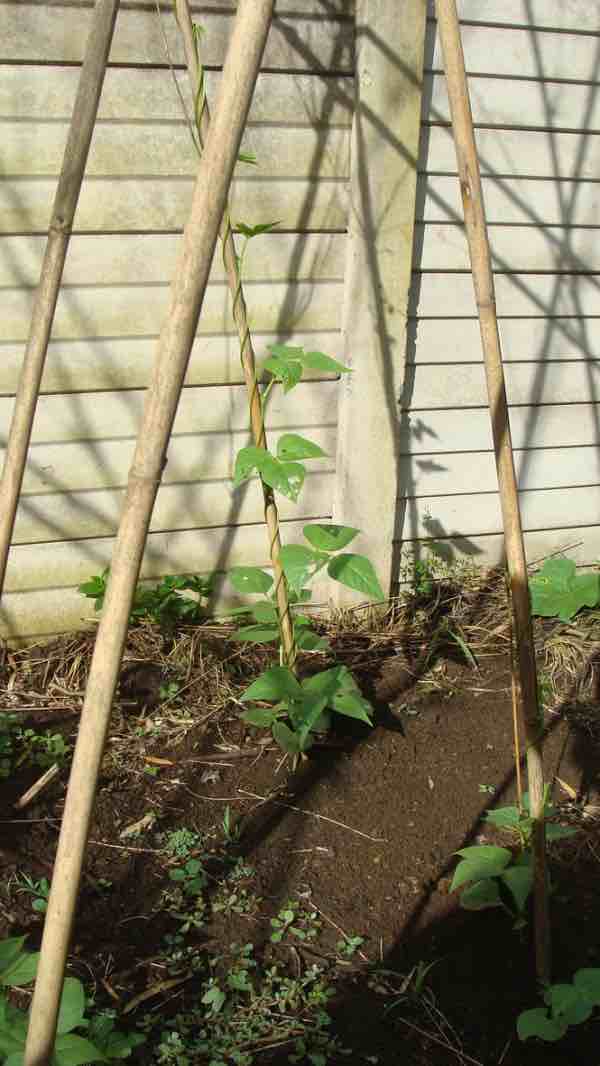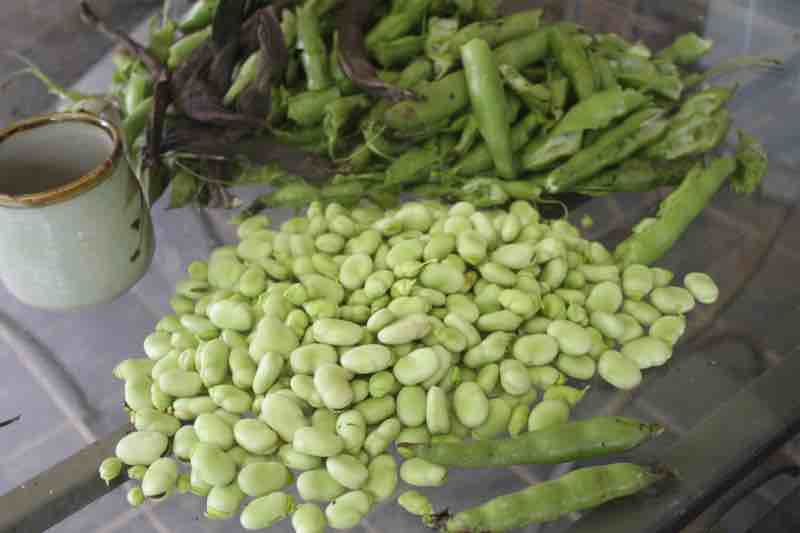- Bernard Preston homepage
- Our green garden
- Midwinter Lightning and Hail
Midwinter lightning and hail
Midwinter lightning and hail damage trees, plants and electrical-infrastructure; but bring welcome rain and nitrogen for the soil during what is normally our dry season.
I expect you too were totally shocked by the midwinter hailstorm that hit the Midlands recently. We do have short memories and perhaps I am totally wrong but I don’t remember it ever happening before.
We see climate-change all around us, warning us of the devastation of the planet; in part caused by greenhouse gases.

Awesome was the strike of lightning that hit my favourite tree only 22 metres from where we were sitting in our lounge. Luckily our solar system was preserved from the shock wave of the powerful electric-field by proper earthing.
Bits of bark from the tree were found 50 metres away. Only time will tell if it survives; it has been hit before. Updating this page a year later, I'm glad to say it recovered completely.
It serves as a stark reminder of how lightning can strike from the
blue; anyone standing out there would surely have been killed. Keep well
away from trees in a storm, even one that is seemingly far-off. South Africa has over 200 deaths each year.
Nitrogen from lightning
Lightning provides about 10% of the nitrogen fixed from the atmosphere[1]; the other 90pc comes from the bacteria[2] on the roots of legumes.
Both make inert nitrogen in the air available to plants which are then
able to synthesise the amino-acids that all life is totally
dependent on; the building blocks of proteins.
We may think we get our protein from a cow or an egg but both are only made possible by the amino-acids in the fodder that they themselves consume.
Enough for 12 million kettles
A lightning strike according is typically about 5 km long with a current of about 25,000 amps but of course the emf is around a staggering 1M volts; enough to power 12 million kettles. The awesome heat produced is sufficient to break down the nitrogen-molecules, the atoms immediately forming oxides which then dissolve in the rain.
Acids are formed and thus the nitrates in the soil are produced which plants can absorbe to create proteins.
Hence the monsoons, as my grandmother would have said whenever a subject of science came under discussion.
Nitrogen, legumes and protein
As gardeners we welcome this unusual weather. The 17mm of rain half-filled the reservoir that provides our water; the greens and broad beans are already much happier. It also reminds us of the importance of seeking shelter when a storm threatens, even in midwinter.
Just as our children will be stunted by insufficient nitrogenous protein, plants in the garden grow miserably without enough of the element.
It is at a time like this that we consider ourselves so lucky not to have a gardener. Witnessing nature in all its glory and fiery-power is one of the joys of being a greenie.
And then there's the blessing of being able to harvest the bounty from the skies; sunshine for our solar generator and rainwater for our underground reservoir[4].
Rhizobia nodules on roots
Specific rhizobia bacteria attach themselves to the roots of legumes like the broad bean shown below; they are able to capture nitrogen from the atmosphere, donating it to the host plant.
That is how legumes are able to produce nitrogen-rich amino acids for protein; far more than lightning can provide.

Midwinter lightning and hail

Midwinter lightning and hail in the Midlands of SA are most unusual.
Spring soon follows winter; it's the time for building the large bamboo trellis on which we grow our various beans every year. It is all about more green legumes from our garden to reduce our reliance on red meat for protein.
 Green broad beans are a rich source of protein
Green broad beans are a rich source of proteinEasy composting may give you a few ideas to provide an richer soil for your vegetables.
Then we would mulch[3] the young seedlings once they are established. Latterly we grow limas too on these trellises to protect the tender plants from the ravages of the Mexican bean beetle larvae.
When browsing use right click and Open Link in New Tab, or you may get a bad gateway signal.
Does lightning come with hail?
There is no direct connection between lightning and hail; frozen rain droplets that increase in size as they rise in updrafts getting colder until they are too heavy and fall to earth.
The extreme heat produced in the air by the passage of a bolt of lightning causes rapid expansion of the air; and a clap of thunder.
Newsletter
Our newsletter is entitled "create a cyan zone" at your home, preserving both yourself and Mother Earth for future generations; and the family too, of course. We promise not to spam you with daily emails promoting various products. You may get an occasional nudge to buy one of my books.
Here are the back issues.
- Lifestyle and ideal body weight
- What are ultra-processed foods?
- Investing in long-term health
- Diseases from plastic exposure
- Intensive lifestyle management for obesity has limited value
- A world largely devoid of Parkinson's Disease
- The impact of friendly bacteria in the tum on the prevention of cancer
- There's a hole in the bucket
- Everyone is talking about weight loss drugs
- Pull the sweet tooth
- If you suffer from heartburn plant a susu
- Refined maize meal and stunting
- Should agriculture and industry get priority for water and electricity?
- Nature is calling
- Mill your own flour
- Bake your own sourdough bread
- Microplastics from our water
- Alternative types of water storage
- Wear your clothes out
- Comfort foods
- Create a bee-friendly environment
- Go to bed slightly hungry
- Keep bees
- Blue zone folk are religious
- Reduce plastic waste
- Family is important
- What can go in compost?
- Grow broad beans for longevity
- Harvest and store sunshine
- Blue zone exercise
- Harvest and store your rainwater
- Create a cyan zone at your home
Did you find this page interesting? How about forwarding it to a friendly book or food junkie? Better still, a social media tick would help.
- Bernard Preston homepage
- Our green garden
- Midwinter Lightning and Hail
Address:
56 Groenekloof Rd,
Hilton, KZN
South Africa
Website:
https://www.bernard-preston.com